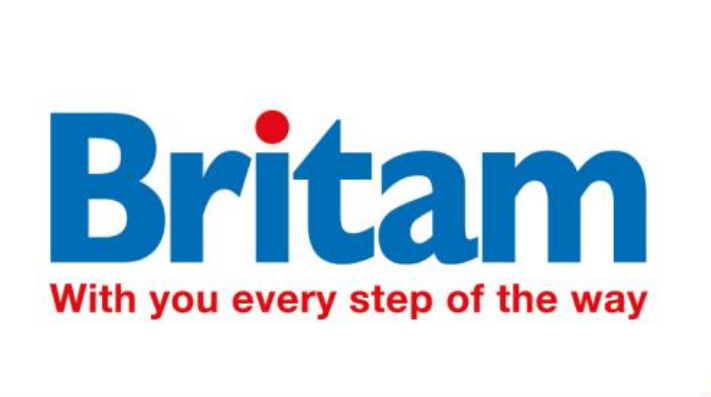According to a report by Britam Asset Managers, the Kenyan economy is expected to grow between 5 and 5.6 percent in 2017, supported by increased government spending and resilient performance in transport, trade and tourism.
However, Britam says the government needs to grow its expenditure by the targeted 16.4 percent this fiscal year, and achieve the expected 17.6 percent increase in revenues in order to meet the projected economic growth. The government must therefore spend to sustain GDP growth above 5.0% in 2017, as private sector credit growth remains subdued.
The report points out that economic activity is expected to slow down, 2017 being an election year. Historically, Kenya’s elections years have been associated with low GDP growth, as the polls delay private sector investments due to political uncertainty. Except in the 2013 election when the economy continued on a positive trend which may be attributed to optimism over electoral and governance reforms under the new constitution instituted in 2010.

According to the report, other factors likely to affect economic growth include high inflation, drought, and increased global oil prices.
Britam Asset Managers CEO Kenneth Kaniu said that unfavourable climatic conditions and drought are expected to affect agricultural productivity, increase electricity costs and reduce the availability of water.
“We expect the above factors to culminate in upward pressure on overall inflation in 2017. Inflation will therefore trend towards the upper range of CBK’s target of 7.5% in 2017,” said Kaniu.
The report observes sluggish growth in the private sector due to the introduction of the law capping bank interest rates in 2016, with the sector posting a slowed growth of 4% in Q4 in 2016 from 18% in Q4 2015.
The report recommends that the government should keep directing most of its foreign debt towards development expenditure in order to meet future interest payments, noting that the country’s external debt has steadily increased from 18.9% as a percentage of GDP in 2010 to 25.6% as at June 2016.
The report notes that Kenya has historically underperformed on development expenditure relative to recurrent expenditure, with the 2017 fiscal year targeted development expenditure of 8.3% of GDP being lower than regional peers. The government will therefore need to meet its development expenditure targets during the current fiscal year in order to sustain economic growth.


